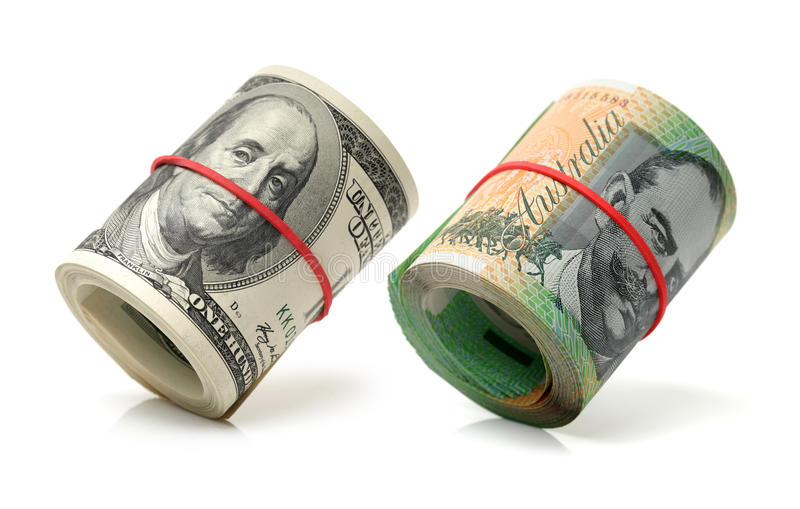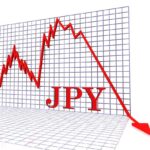Australian dollar is treading water, while the US dollar is attempting to recover losses.
The Australian Dollar (AUD) struggles to extend gains during Tuesday’s Asian session. As the US Dollar (USD) seeks to recoup recent losses on the back of a recovery in US Treasury yields.
The Westpac Consumer Confidence Index in Australia reported on Tuesday. That consumer mood declined significantly in November, potentially undermining the Aussie Dollar (AUD). Furthermore, the AUD came under pressure after the Reserve Bank of Australia (RBA) struck a dovish tone during its most recent meeting. In its Monetary Policy Statement (MPS) on Friday. The RBA portrayed a bleak economic picture, pointing to persisting inflation. And a slow Australian economy. The RBA’s goal is to realign inflation with its target.
The AUD could have reacted positively to RBA Assistant Governor (Economic) Marion Kohler’s hawkish statement. According to Kohler. The drop in inflation is going to be slower than previously forecast. This is due to persistently high domestic demand as well as robust pressures from labor. And other costs. Kohler stressed the importance of tightening policy to confront the problems posed by rising inflation.
The greenback may gain momentum when US bond yields recover.
The US Dollar Index (DXY) is struggling to end a two-day losing run ahead of the release of US inflation data. The Consumer Price Index (CPI) is expected to climb at a slower rate in October, according to projections. The core annual rate prediction stays unchanged. If the data confirms market predictions, it may strengthen the market’s perception that the Federal Reserve (Fed) has completed its interest rate hikes.
Daily Market Movers: The Australian Dollar retains its position after recovering from the previous week’s low.
Westpac Consumer Confidence in Australia fell 2.6% in November, after a 2.9% increase in October.
In its Monetary Policy Statement (MPS) last Friday, the RBA acknowledged the challenges posed by persistent price pressures and a weak domestic economy.
The RBA board recognizes many households’ financial difficulties. Budgets are undoubtedly being squeezed. In an economic twist, The central bank portrayed a mixed picture by boosting its inflation and GDP growth estimates.
RBA raised the Official Cash Rate (OCR) from 4.10% to a 12-year high.
The RBA raised the Official Cash Rate (OCR) from 4.10% to a 12-year high of 4.35% in response to the September Monthly Consumer Price Index (YoY), which showed a significant increase of 5.6% compared to the predicted 5.4% growth.
In September, Australia’s TD Securities Inflation (YoY) fell to 5.1% from 5.7% the previous month.
Following the release of Q4 inflation figures, economists at the National Australia Bank (NAB) predict another 25 basis point boost in February. Furthermore, NAB predicts that rate reduction will not begin until November 2024.
The impending US-China Presidential summit is approaching, and US President Joe Biden intends to reestablish military-to-military ties with China. The long-awaited face-to-face Biden and Chinese President Xi Jinping will meet in person for the first time in a year on Wednesday at the Asia-Pacific Economic Cooperation conference in San Francisco.
In October, China’s Consumer Price Index (CPI) fell 0.2% year on year, compared to the projected 0.1% drop. The monthly CPI fell by 0.1%, contrasted with the previous 0.2% increase. Given Australia’s substantial reliance on its major trading partner, a deteriorating economic outlook in China casts a shadow over the Aussie Dollar (AUD).
In his address on Thursday, Federal Reserve (Fed) Chair Jerome Powell surprised many by taking a more aggressive position than expected. Powell voiced concern that existing measures may not be restrictive enough to bring inflation down to the desired 2.0% objective.
Monthly Budget Statement for the United States In October, the government announced a deficit of $67 billion, compared to the forecast deficit of $65 billion.
The preliminary US Michigan Consumer Sentiment statistics for November revealed a drop in consumer mood. It dropped to 60.4 from 63.8 the previous month.









